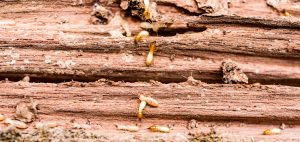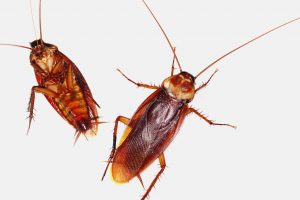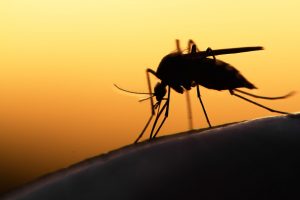
The connection between weather and insects has long been studied, yet scientists understand very little of this connection. Recent research looks at the effects of thunderstorms on insect mating, and reveals that the insect world may suffer during stormy times.
Thunderstorms Quell Insect’s Libido
Recent research shows that insects behave differently before, during, and after thunderstorms. In fact, stormy days can prevent insects from mating. For example, aphids, common pests found across the country, release fewer pheromones during rain storms, and therefore lose their desire to mate. Beetles, noticing the drop in air pressure, will often skip straight past courting and foreplay and move straight into the mating act. Many insects can even sense a storm coming, and will hurry the mating process along before a storm arrives. Others may abandon efforts altogether.
Researchers believe that in order to survive, insects have developed a way to sense oncoming storms. They may have their own inner forecasts, helping them to predict when a storm may be near. Of course, scientists cannot yet harness the power of storms in order to reduce pest populations, but, by learning why some insects do not produce pheromones during a storms, researchers may eventually be able to develop pest control methods that mimic this effect.
Other Forms of Weather-Related Insect Control
Rain, snow, and changes in the atmosphere also help to control insect populations. Rain often kills insects that do not thrive in moist conditions. Snow is always accompanied by cooler weather, something that many insects despise. If cooler temperatures do not kill insects, the majority of the insects may travel to warmer areas of the country to escape the weather, thus leaving residents of cooler areas of the country in peace. In the south, however, snow is less common, and winter is often when pests and insects of all kinds come indoors to escape the somewhat cooler temperatures.
Many gardeners mimic the rain by spraying insects with a rush of water from a hose. However, this method should rarely be used as it will increase the level of moisture around the area. Considering that some insects thrive in moist conditions, allowing Mother Nature to take the reigns may be a wiser option.





